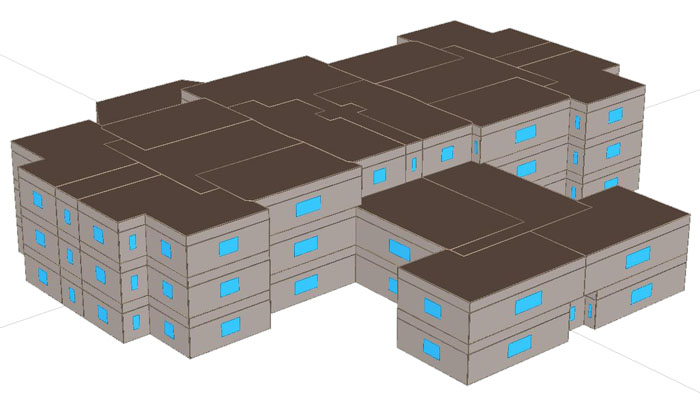 In the past, a typical design would not have included an energy model as a part of the design process. However, with energy costs constantly increasing and more jurisdictions requiring some form of energy efficiency rating system, this design tool is essential in the design of energy efficient buildings. The value of an energy model for design teams and building owners can be found in the unique ability to pinpoint energy saving measures that reduce energy consumption, energy demand, and energy costs.
In the past, a typical design would not have included an energy model as a part of the design process. However, with energy costs constantly increasing and more jurisdictions requiring some form of energy efficiency rating system, this design tool is essential in the design of energy efficient buildings. The value of an energy model for design teams and building owners can be found in the unique ability to pinpoint energy saving measures that reduce energy consumption, energy demand, and energy costs.
What is an energy model? An energy model is a virtual computer based model of a building or building complex that closely represents the actual building in the form of energy consumption, energy demand, and energy costs. This type of model requires a number of comprehensive and sophisticated building properties including, but not limited to:
• Overall geometry/orientation
• Wall/window/door insulation
• Electric/gas utility rates
• Electrical lighting power densities
• Process/plug load power densities
• Heating/air conditioning/ventilation loads
With all of this building information entered into an energy modeling software, a simulation is conducted with the appropriate climate and building operation information. The results are most helpful as a relative estimate when comparing simulations and changing parameters.
Even though information obtained from an energy model is an estimate of how a building will perform, it should not be used to predict the actual building performance. The reasoning is that it is very difficult to predict future utility rates, occupancy schedules, weather conditions, and plug loads to name a few variables. However, information obtained from an energy model can be very useful when selecting potential energy efficiency upgrades to retrofit an existing building or making critical design decisions on a new building.
